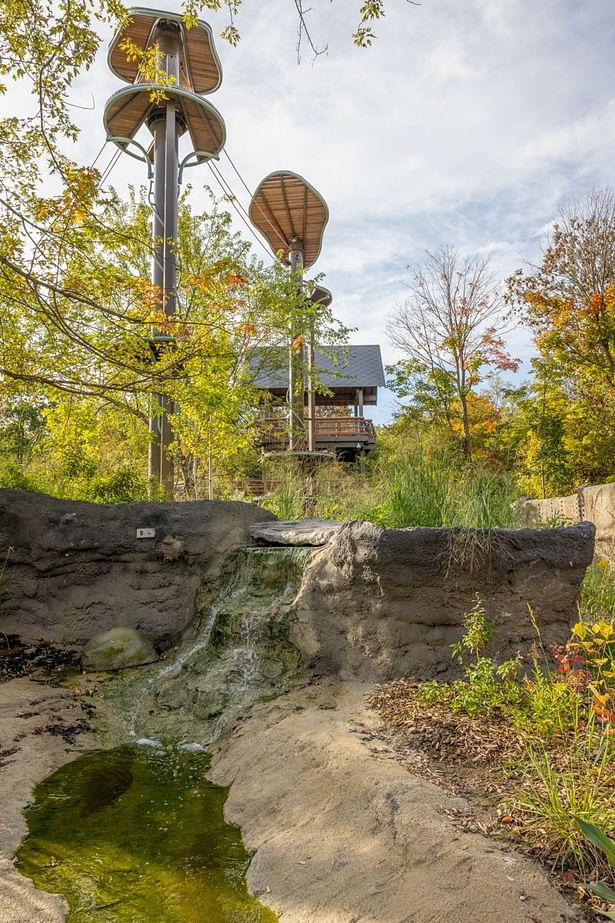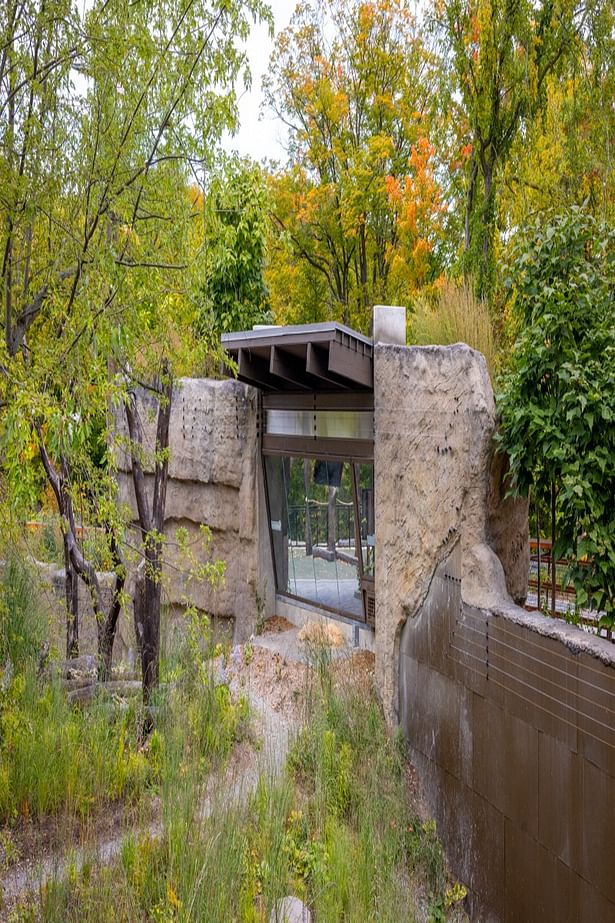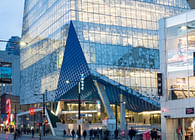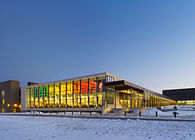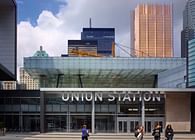
Toronto, ON, CA | Calgary, AB, CA | Vancouver, BC, CA | Victoria, BC, CA

The Toronto Zoo is on a conservation mission that has led to the creation of a new habitat named Orangutans of Gunung Leuser, Guardians of the Rainforest. Visitors at the Toronto Zoo can now observe seven orangutans as they explore their new home, a project designed through a collaboration between two leading architectural firms: Zeidler Architecture (Zeidler) and Jones & Jones Architects + Landscape Architects (Jones & Jones).
A vision of the Zoo’s conservation-led approach, this immersive habitat encourages the orangutans to lead an enriched life, moving freely and curiously as they would in their natural habitat. The orangutans are a critically endangered species, with their rainforest homes quickly disappearing because of unsustainable palm oil production, logging, mining, and more, and this is a way to educate the public on the importance of animal welfare, as well as protecting and conserving habitats. The habitat was designed to enliven the physical, social, and intellectual needs — and ultimately enrich the lives — of the orangutans. It stretches for 13,000 square foot and is divided into two new outdoor habitat areas, Habitat 1 and Habitat 2, in addition to an existing indoor habitat. Habitat 1 extends the orangutans’ living space with climbing structures, hills, streams, and towers and provides a variety of vantage points for guests to interact with and observe the animals at play.
Walking out of the Indo-Malaya Pavilion, visitors are presented with their first opportunity to catch a glimpse of the orangutans through large, elongated, and glazed windows installed at an angle to limit reflection. Looking into the Research Station, visitors will observe behavioural scientists as they study the curious creatures and learn more about sustainable practices that support the conservation of the orangutans’ natural habitat.
Orangutans are tree-dwellers, inspiring Zeidler to design a habitat that respects their natural lifestyle, including climbing poles and platforms, cables, and chute access strategically located throughout Habitat 1. This aerial experience extends into Habitat 2, with a dramatic 150-foot span between two climbing structures.
Keeping the enjoyment of all visitors in mind, the habitat also provides views of the orangutans from multiple vantage points that offer guests a sense of discovery as they navigate their journey. Various elevated walkways and platforms present visitors with unique and varying viewpoints to experience and observe how the orangutans explore their new home — including opportunities to feel immersed at the uppermost levels. The end of the visitor journey leads to the highest vantage point, the treehouse, where guests can be eye-to-eye with the orangutans at one of the adjacent climbing poles.
Leaning into the younger guest experience, Zeidler introduced a play area that was designed to mimic the natural habitat, offering an almost true-to-life experience for children and adults alike. The design also fostered the playful nature of orangutans and included a ground-level viewing spot where an orangutan can press a button and spray water at visitors with a hidden nozzle.
Status: Built
Location: Toronto, ON, CA
Firm Role: Designed
Additional Credits: Jones & Jones Architects
